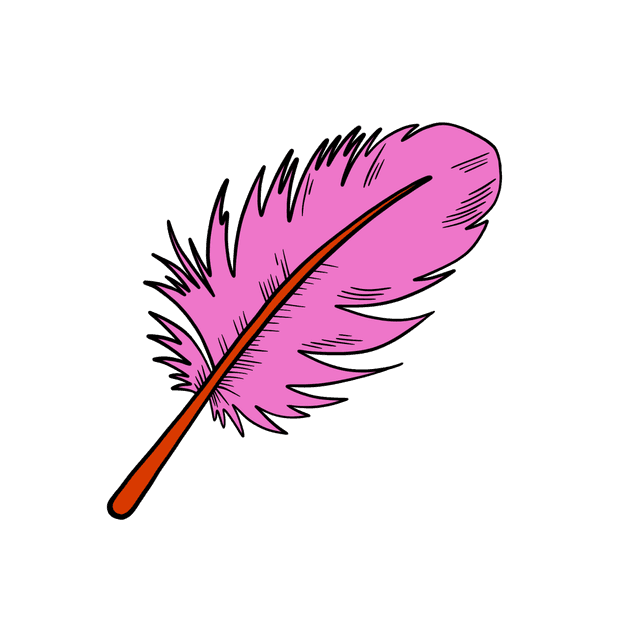👋This lesson is about German animal vocabulary at the zoo. It's part of our
free A1 German lessons. As a beginner, also make sure to check out our section on
easy German texts to read & our
simple stories for beginners In this lesson, we'll learn to describe the animals at the zoo.
Before we begin, you might want to refresh your memory on some of the grammar rules and vocabulary we've covered so far.
Ready to continue? Let's go!
Let’s imagine you’re at the zoo, and Johann Sebastian Bach is with you.
Komm! Wir gehen in den Zoo.
Since Bach is blind, it’s up to you to describe what the animals look like and what they’re doing.
At the zoo, you come across a variety of wild animals.
Here are a few you might encounter:
Now, let’s practice describing these animals - what they look like and what they’re doing, in German.
Bach asks what can be seen in the elephant enclosure.
His questions are:
Wie viele Elefanten gibt es in dem Gehege?
How many Elephants are there in the enclosure?Wie sehen die Elefanten aus?
How do the elephants look?Welche Farbe haben ihre Häute?
What color are their skins?Wie sehen ihre Stoßzähne aus?
How do their tusks look?Here is an example response:
Es gibt zwei Elefanten. Sie sehen wunderschön aus. Ihre Häute sind rot. Die Elefanten haben scharfe Stoßzähne. Sie schauen uns an.
Read the text carefully and see how much you understand.
A key verb is aussehen, which means to look (as in appearance). You’ll often use this verb to describe how something looks.
Die Elefanten sehen wunderschön aus.
The elephants look beautiful.
The peacock looks colorful.Die Schildkröte sieht freundlich aus.
The turtle looks friendly.Now is your turn to describe the animals.
Writing Descriptions, In German
Der Löwe
Now, Bach wants to visit the lion enclosure. Try answering his questions by choosing the correct descriptions.
Wie viele Löwen gibt es in dem Gehege?
Wie sieht der Löwe aus?
Welche Farbe hat sein Fell?
Wie sehen seine Zähne aus?
Was macht der Löwe?
Well done! 🎉
Let’s do the same for the other animals at the zoo.
Das Zebra
Bach asks:
Wie viele Zebras gibt es in dem Gehege?
Wie sieht der Zebra aus?
Welche Farbe hat sein Fell?
Wie sieht sein Bein aus?
Was macht das Zebra?
Die Schlangen
Bach asks:
Wie viele Schlangen sind im Käfig?
Wie sehen die Schlangen aus?
Welche Farben haben ihre Schuppen?
Was machen die Schlangen?
Well done! 🎉
You’ve successfully described the animals at the zoo for Bach!
When you’re ready, continue to the next lesson on German Sentence Structure.






